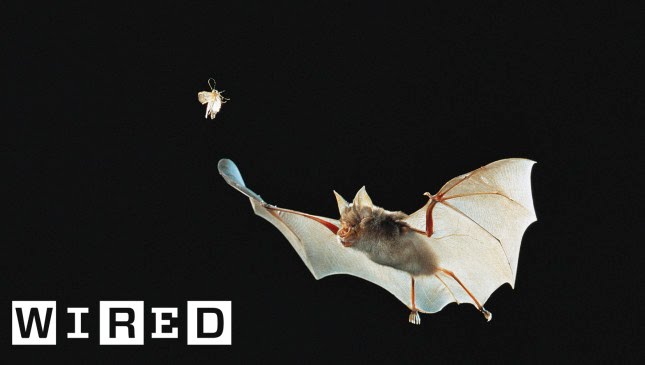Improving Paper Airplane Design with Aerodynamics and Principles of Flight
Summary
In this blog post, we will explore how understanding the principles of flight and aerodynamics can help in creating paper airplanes that can fly efficiently and achieve impressive distances. We will discuss four different paper airplane designs and their aerodynamic properties. We will also dive into the importance of weight distribution and adjusting folds to achieve balance and stability during flight.
Table of Contents:
- Understanding the Four Paper Airplane Designs
- The Importance of Streamlined Shape and Weight Distribution
- Fluid Dynamics and Reynolds Numbers
- Potential Applications of Efficient Technology
- Conclusion
Introduction
Almost everyone has tried to make a paper airplane at least once in their life. But have you ever wondered why some paper airplanes fly better than others? The answer lies in aerodynamics and the principles of flight. The speaker in the video discusses four different paper airplane designs and their aerodynamic properties. We will dive deeper into each design and the importance of weight distribution, streamlined shape, and fluid dynamics.
Q&A:
Understanding the Four Paper Airplane Designs
- What is the “Super Canar” design?
- The “Super Canar” paper airplane design has two sets of wings, which makes it stall-resistant. However, this design suffers from too much drag due to the larger wingspan.
Conclusion
By understanding the principles of flight and aerodynamics, we can create better paper airplanes. Adjusting folds, weight distribution, and creating a streamlined shape can all contribute to efficient and stable flight. The potential applications of efficient technology are vast, from predicting weather patterns to improving aviation and wind farm technology. So, next time you make a paper airplane, remember that even small adjustments can make a big difference.







